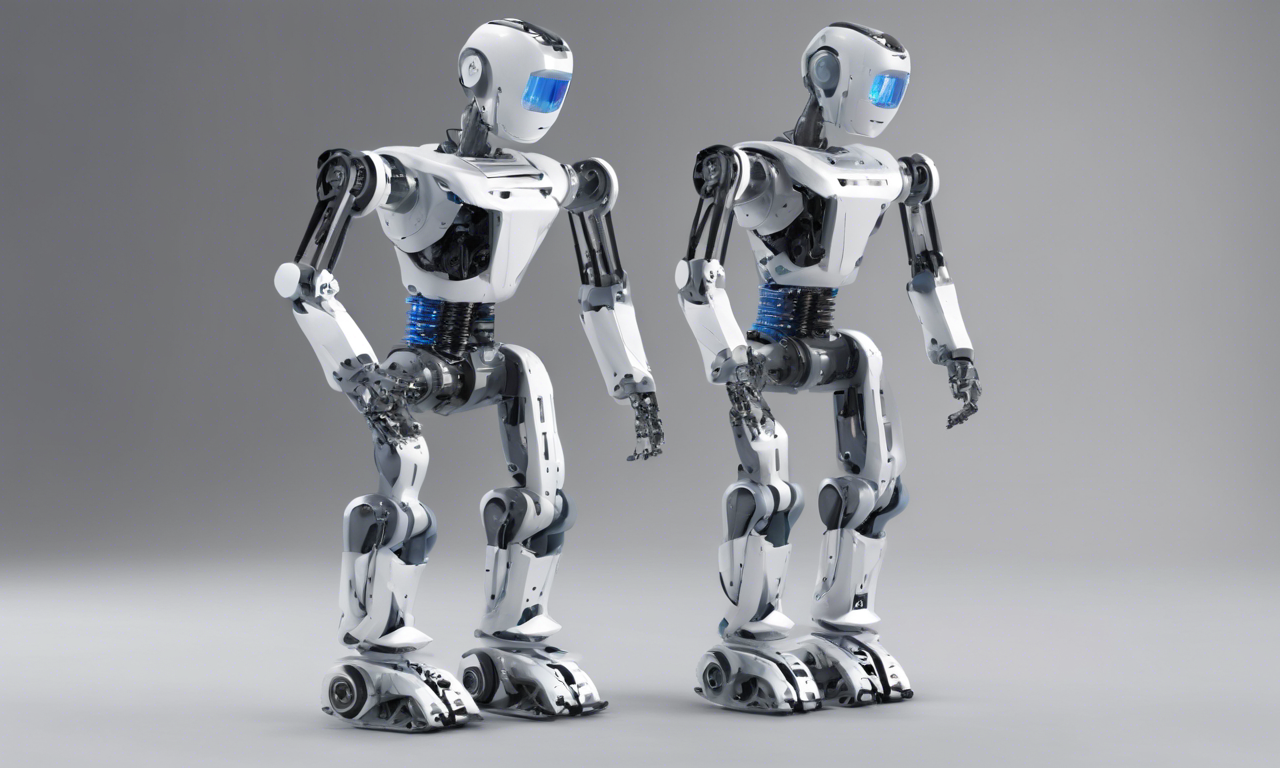
MIT researchers have unveiled a groundbreaking algorithm, Graphs of Convex Sets (GCS) Trajectory Optimization, designed to transform robot navigation in intricate spaces. This innovative approach combines graph search and convex optimization, enabling robots to efficiently find collision-free paths through maze-like environments while optimizing their trajectories.
In a world where robots often struggle to navigate cluttered spaces, such as a child's playroom or a crowded warehouse, MIT's GCS algorithm promises scalable and collision-free motion planning. The algorithm has demonstrated its capabilities in as many as 14 dimensions, showcasing its potential applications in warehouses, libraries, and households.
GCS outperforms comparable planners by consistently finding shorter paths in less time, as evidenced in real-world scenarios where it guided robotic arms through tasks like moving objects on shelves. The synchronized motion of the robotic arms resembled a partner dance routine, showcasing the algorithm's ability to optimize for the shortest time and path.
The algorithm's success in guiding robots through real-world tasks suggests promising applications in manufacturing, where coordinated robotic arms could efficiently retrieve items from shelves. The researchers also envision applications in household activities, such as organizing books in a library while avoiding other objects nearby.
What sets GCS apart is its efficient coordination of multiple robots, a significant advancement over previous sampling-based algorithms, especially in high-dimensional spaces. The marriage of graph search and convex optimization allows GCS to adapt to different configurations within pre-computed convex regions, enhancing the speed and efficiency of robot motions.
GCS's impact extends beyond physical spaces, as it has thrived in simulation demos, optimizing the path of a quadrotor through a building without colliding with obstacles. This opens up possibilities for applications in various domains, including robotics, where robots need to navigate dynamic and challenging environments.
The algorithm's potential applications are not limited to collision-free navigation. MIT's researchers suggest that GCS could eventually assist robots in more complex tasks, such as making contact with the environment by pushing or sliding objects out of the way. The team is actively exploring additional applications of GCS trajectory optimization in robot task and motion planning.
While GCS excels at navigating tight spaces without collisions, the researchers acknowledge that there is still room for growth. They emphasize that GCS represents the beginning of its application to motion planning and holds connections to optimization, control, and machine learning, providing leverage on continuous and combinatorial problems.
In a world increasingly reliant on robotics and automation, MIT's GCS algorithm emerges as a game-changer, paving the way for more adaptive, efficient, and capable robotic systems in various practical applications. As the algorithm continues to evolve, the future of robot navigation looks more promising than ever.